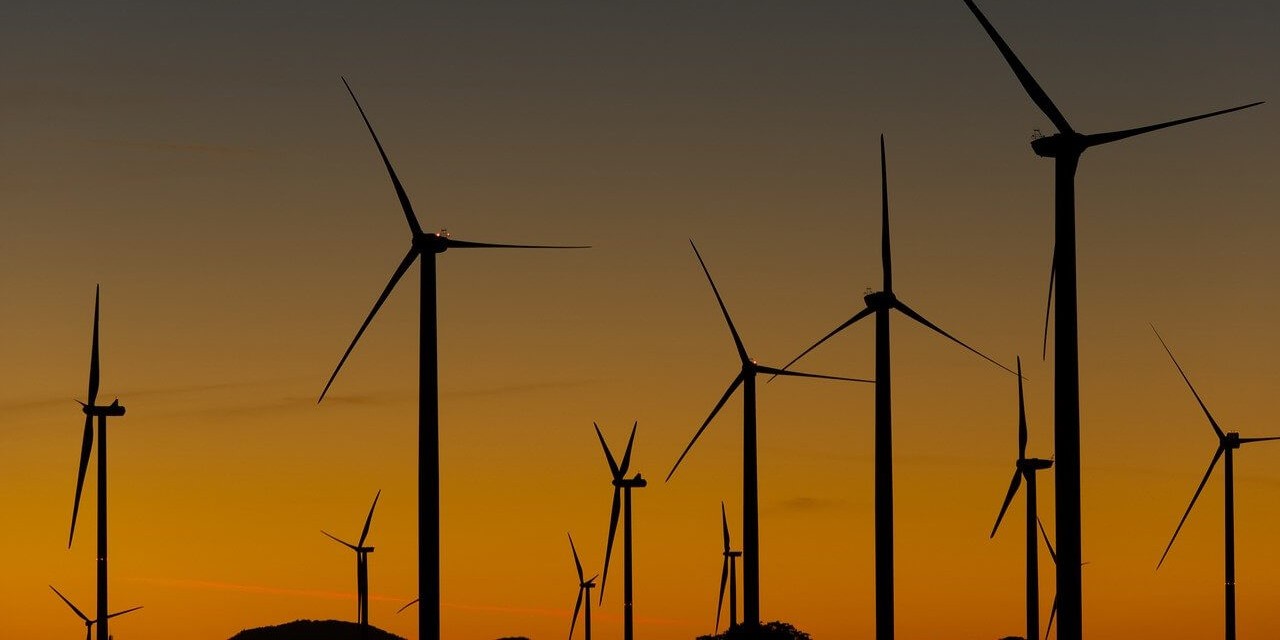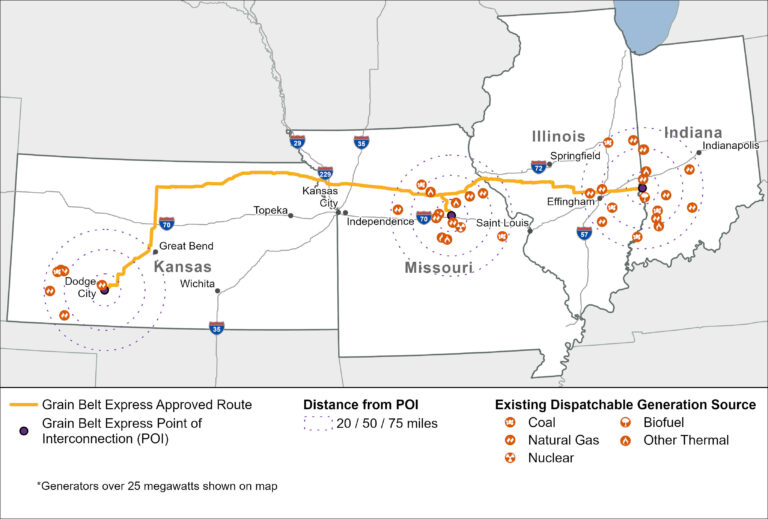
Renewables continued to dominate fossil fuels on price in 2024, according to a new report from the International Renewable Energy Agency (IRENA). The big takeaway: Clean energy is the cheapest power around – by a wide margin. So it’s pretty bad business that the biggest grid upgrade project in US history just got kneecapped by Trump’s Department of Energy to stop the “green scam.”
On average, solar power was 41% cheaper than the lowest-cost fossil fuel in 2024, and onshore wind was 53% cheaper. Onshore wind held its spot as the most affordable new source of electricity at $0.034 per kilowatt-hour, with solar close behind at $0.043/kWh.
IRENA’s report says global renewables added 582 gigawatts (GW) of capacity last year, which avoided about $57 billion in fossil fuel costs. That’s not a small dent. Even more impressive: 91% of all new renewable power projects built in 2024 were cheaper than any new fossil fuel option.
Technological innovation, strong supply chains, and economies of scale are driving the cost advantage. Battery prices are helping too: IRENA says utility-scale battery energy storage systems (BESS) are now 93% cheaper than they were in 2010, with prices averaging $192/kWh in 2024.
But it’s not all smooth sailing. The report flags short-term cost pressures from trade tensions, material bottlenecks, and rising costs in some regions. North America and Europe feel more squeezed than others due to permitting delays, limited grid capacity, and higher system costs.
Meanwhile, countries in Asia, Africa, and South America could see faster cost drops thanks to stronger learning rates and abundant solar and wind resources.

One big challenge is financing. In developing countries, high interest rates and perceived investor risk inflate the levelized cost of electricity of renewables. For example, wind power generation costs were about the same in Europe and Africa last year ($0.052/kWh), but financing made up a much larger share of project costs in Africa. IRENA estimates the cost of capital was just 3.8% in Europe but 12% in Africa.
And even if projects are affordable to build, many are getting stuck in grid connection queues or stalled by slow permitting. Those “integration costs” are now a major hurdle, especially in fast-growing G20 and emerging markets.
Tech is helping with some of that – hybrid solar-wind-storage setups and AI-powered tools are improving grid performance and project efficiency. But digital infrastructure and grid modernization still lag in many places, holding renewables back.
“Renewables are rising, the fossil fuel age is crumbling,” said UN Secretary-General António Guterres. “But leaders must unblock barriers, build confidence, and unleash finance and investment.”
IRENA’s bottom line is that the economics of renewables are stronger than ever, but to keep the momentum going, governments and markets need to reduce risks, streamline permitting, and invest in grids.
Electrek’s Take
Speaking of unblocking barriers and investment, the opposite just happened today in Trump World. The Department of Energy just canceled a $4.9 billion conditional loan commitment for the 800-mile Grain Belt Express Phase 1 transmission project, the biggest transmission line in US history.
It’s a high-voltage direct current (HVDC) transmission line connecting Kansas wind farms across four states. It will connect four grids, improving reliability. It will be able to power 50 data centers and create 5,500 jobs. Phase 1 is due to start next year.
The new grid will also connect all forms of energy, not just renewables, and it’s super pathetic that Invenergy had to stoop to put up a map on the project’s home page today showing how it will transmit fossil fuels, the “existing dispatchable generation source,” and felt it had to leave renewables off the map entirely. Sorry, Kansas wind farms, you get no mention because this administration doesn’t like you.

Chicago-based Invenergy plans to build the 5 GW Grain Belt Express in phases from Kansas to Illinois. The company says the project will save customers $52 billion in energy costs over 15 years. Senator Josh Hawley (R-MO) complained to Trump about the project, calling it a “green scam,” and got the government loan canceled based on a lie, claiming it would cost taxpayers “billions.” This was Invenergy’s response on X:
As usual, Trump was swayed by the last person in the room, and Hawley shot an entire region in the foot when an upgraded grid and more renewables are needed more than ever. Hopefully, this project can continue despite the ignorant shortsightedness coming from the Republicans (who ironically released an AI Action Plan today).
It beggars belief that this political party is this isolated from the rest of the world – well, besides our besties Iran, Libya, and Yemen, who aren’t part of the Paris Agreement either – and being that the US is the world’s No 2 polluter, the world will suffer for its arrogance.
Read more: FERC: Solar + wind made up 96% of new US power generating capacity in first third of 2025

The 30% federal solar tax credit is ending this year. If you’ve ever considered going solar, now’s the time to act. To make sure you find a trusted, reliable solar installer near you that offers competitive pricing, check out EnergySage, a free service that makes it easy for you to go solar. It has hundreds of pre-vetted solar installers competing for your business, ensuring you get high-quality solutions and save 20-30% compared to going it alone. Plus, it’s free to use, and you won’t get sales calls until you select an installer and share your phone number with them.
Your personalized solar quotes are easy to compare online and you’ll get access to unbiased Energy Advisors to help you every step of the way. Get started here.
FTC: We use income earning auto affiliate links. More.












